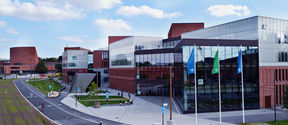Virtual worlds in creation
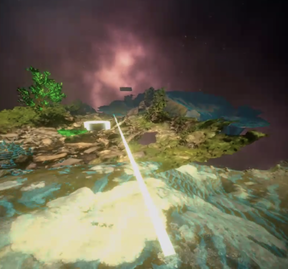
This autumn marked the beginning of brand-new courses in the minor Building Virtual Worlds. The aim of the minor is to provide artistic, design, and technical skills needed for creating synthetic experiences in the form of worlds that can be used for various purposes including art installations, film, and, game design.
In recent years, several technical breakthroughs have facilitated a new wave in virtual worlds. For the first time, VR/AR devices have entered the general consumer market, and a wide variety of VR applications are being developed. While commercial interests actively drive much of the current developments, this medium also provides new and exciting opportunities for art and design. As such, VR/AR’s impact is widespread and can be experienced as; virtual workplaces, virtual tourism, medical applications, as well as new forms of storytelling and documentation. Currently there is no extensive course offering dealing with technical and design aspects of virtual reality in AaltoARTS. Thus, the minor in Building virtual worlds is a timely and valuable addition to the curriculum.
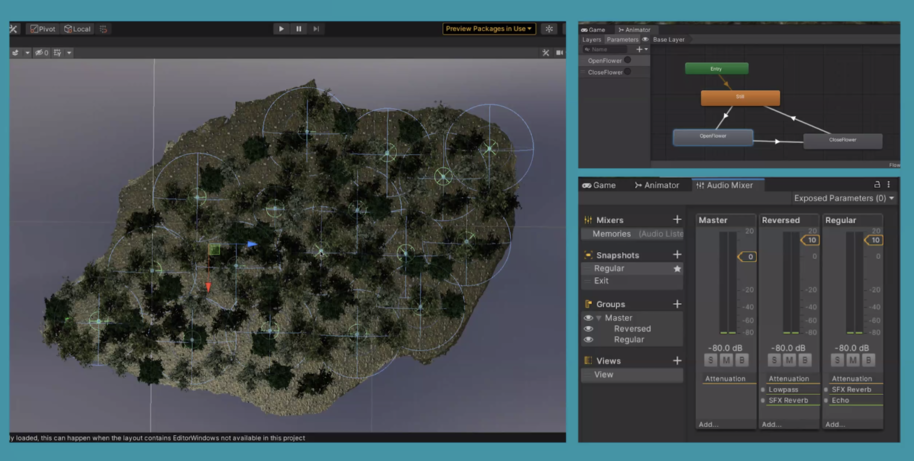
The minor is led by professors Lily Diaz-Kommonen and Sebastian J. Schlecht,and consists of four compulsory courses and additional elective courses. CodingVirtual Worlds (DOM-E5162) works as an introduction to coding virtual reality experiences. The students learn the basics of Unity 3D, interaction paradigms, and gain hands-on experience with the Oculus Quest.
During the course Designing and Creating Virtual Worlds (UWAS-C0056) participants learn the basics of designing and implementing a virtual world. The presentations in the course touch on topics related to the process of design, including information architecture, storyboarding, interaction design, coding a VR application in Unity 3D, user studies etc. As opposed to the usual emphasis on technological push, the course is unique in its emphasis on creativity and artistic sensibility as the starting point for virtual reality.
The minor’s additional courses offer a range from sound design to human-computer interaction. Immersive Sound (ELEC-E5690) explores the world of spatial audio and immersive auditory experiences from technical and artistic perspectives, while offering an interdisciplinary introduction to binaural listening, sound design, and interactivity.
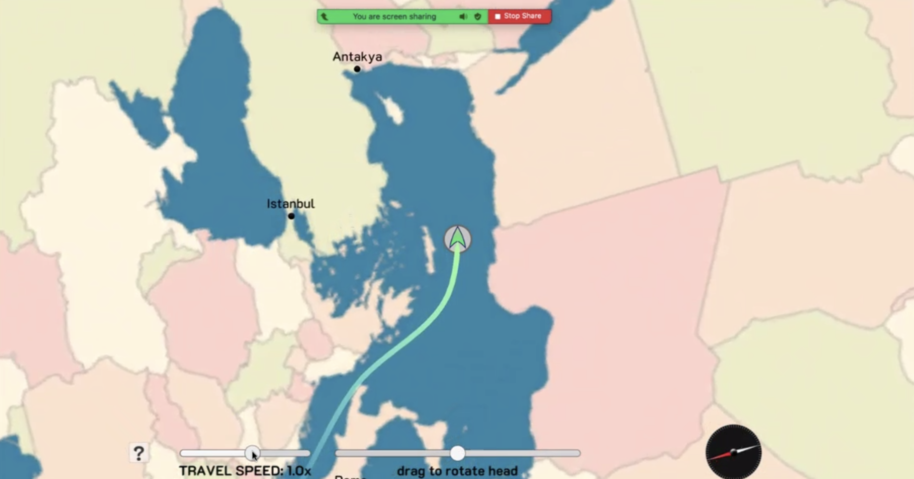
A cultural history of virtual reality, which is yet to be written, will need to begin by acknowledging the cultural conditioning of human sensory experience. We cannot ignore our material existence which transcurs in and through our bodies, which are also subject to influences of culture. Though it shares some of its characteristics, such as immersion, in its core virtual reality is not time-based media like cinema. Through the contraints that it places on the human senses, virtual reality is a new medium that affords a high degree of immersion as well as the experience of 'being there'.
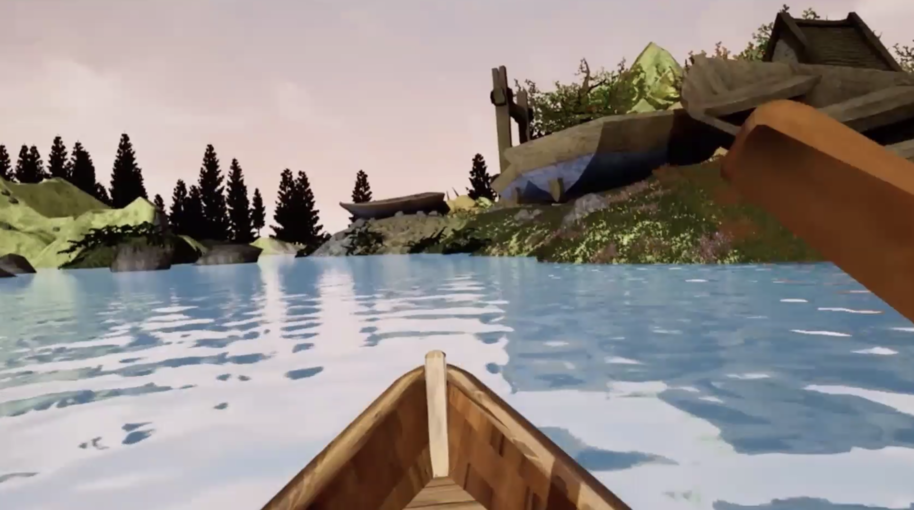
Read more news

DeployAI Partners Gather for Heart Beat Meeting in Helsinki
The European DeployAI project's partners gathered for the Heart Beat meeting hosted by Aalto University Executive Education in Helsinki.
Online AI course could boost study equality
Students at the School of Business believe that mastering Artificial Intelligence (AI) can be beneficial for both academic success and career prospects, as AI becomes increasingly integrated into daily life.
2 027 new students admitted to Aalto University’s Finnish, Swedish bachelor’s programmes
13 500 applied to Aalto University in Finland's spring joint application in 2024